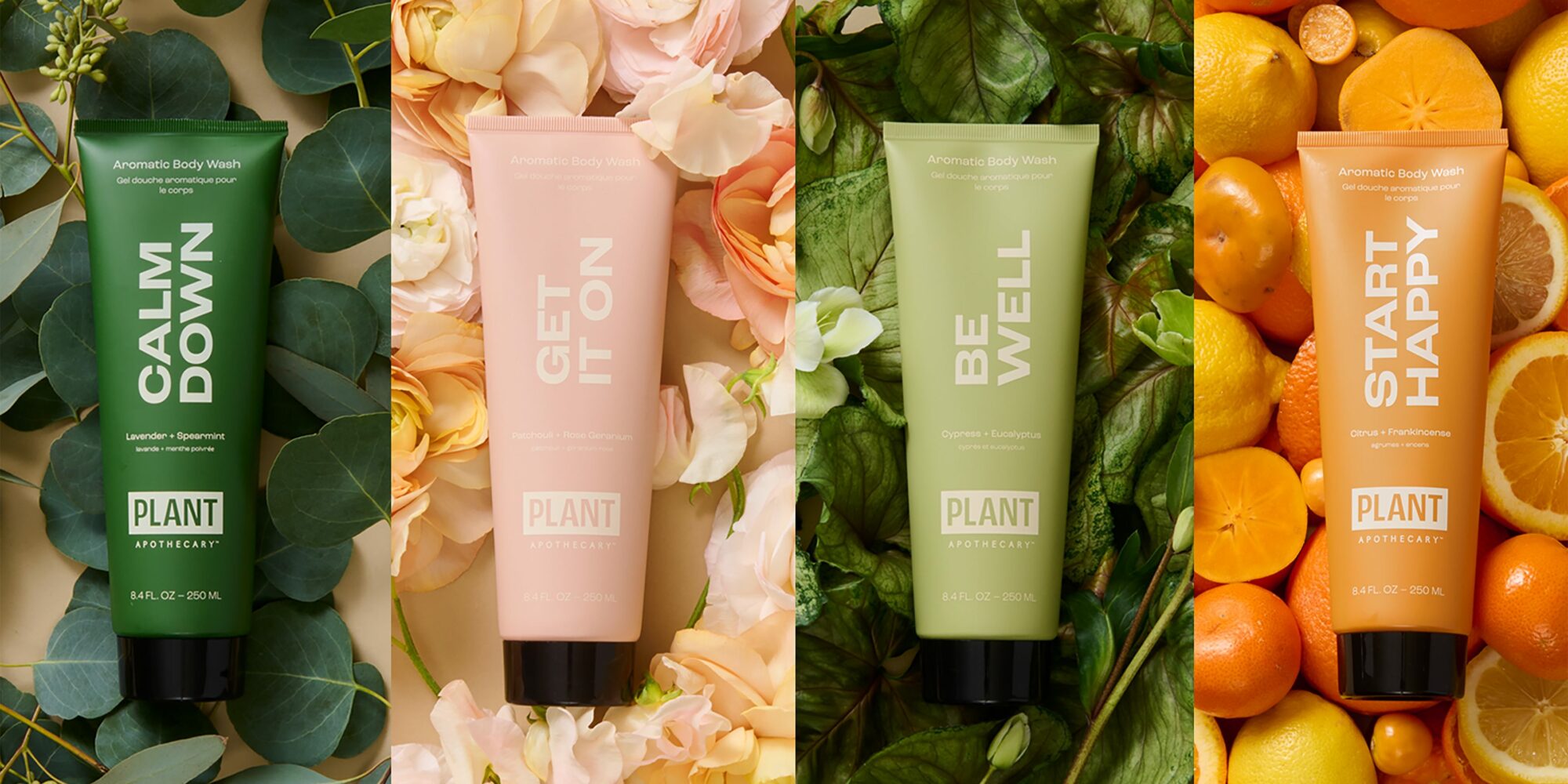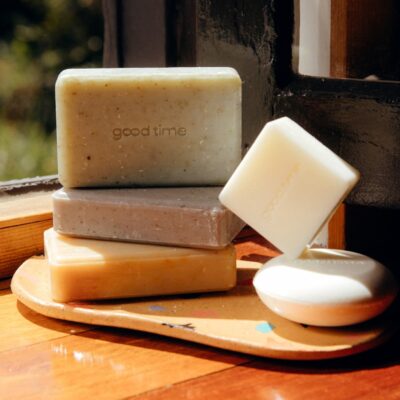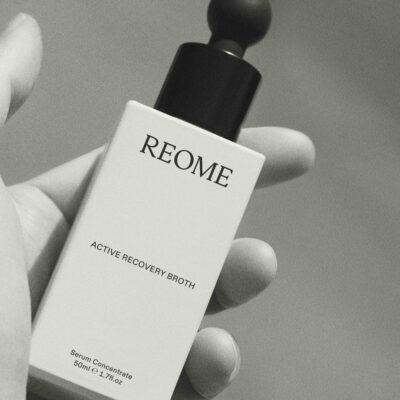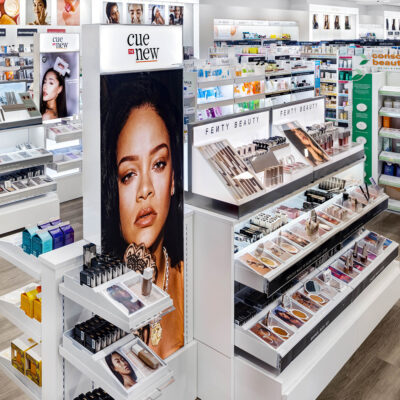
Rare Beauty Brands CEO Chris Hobson On How Beauty Entrepreneurs Should Think About Raising Prices
The Lipstick Effect
By now pretty much everyone in the Beauty industry has heard of the “lipstick effect,” a phrase that was coined by Leonard Lauder, son of Estée Lauder and former CEO of Estée Lauder Cos. Inc. It refers to the idea that, in a down economy, people will make small splurges on relatively inexpensive treats. A $15 lipstick—or even Estée Lauder’s $26 lipstick—is generally an accessible treat for American consumers.
More broadly, the lipstick effect refers to the general resilience of the beauty and personal care industry. In good times, people want to look and feel their best, and the same holds true for bad times. Save for riches from uber-luxury brands, our products are generally approachable regardless of the state of the economy.
What About Inflationary Times?
The last heavily inflationary period in the United States was the 1970s and early 1980. As a result, the vast majority of us have never had to deal with high inflation in our careers. What is a beauty entrepreneur to do? Costs are certainly surging for inputs like ingredients and packaging, not to mention shipping. Should you pass these costs on to consumers in the form of price increases? Or should you “eat” the price hikes in the form of reduced margins?

An Inflationary Pricing Framework
Below, I lay out a framework for how to think about pricing strategy given the current environment. Each of us needs to answer these questions in our own way for our unique businesses, but, hopefully, this framework will at least provide a relevant and comprehensive approach.
Here’s how we’ve been thinking about it at Rare Beauty Brands:
1. Structural or transitory? The first judgment you need to make is whether you believe inflation is here to stay for an extended period of time (e.g., it is becoming entrenched and structural) or whether the underlying causes are temporary. There are experts on both sides. Some say it’s becoming permanent, while others are still on team transitory despite the fact that inflation has remained stubbornly elevated for longer than many anticipated.
Personally, I think that the underlying factors that have caused the bout of inflation will work through the economy by the second half of 2022. So, I’m not leaning toward price increases for our brands, but I fully admit that I was wrong about this six to eight months ago. I figured inflation would have come down by now, and I could be wrong again.
An important consideration here is what’s labeled “entrenched expectations.” Entrenched expectations are the notion that, if we are correct that the effect of supply chain snarls, labor shortages and government stimulus money will wane relatively quickly, inflation may persist simply because everyone expects that it will. As each day passes with persistently lofty inflation numbers, especially in hallmark goods like gasoline, the risk of entrenched inflation expectations gets higher.
2. Survival or gluttony? The second consideration is whether you need to take up pricing in order for your business to survive, in which case it’s a no brainer, or whether you’re being opportunistic and grabbing profit just because you can. Related to the second point, if you’re being gluttonous, does it fit with your brand and personal ethics? There’s an old piece of advice not to do anything that will get your boss on the front page of the Wall Street Journal. In the age of social media, that advice should be magnified and applied to each one of us countless times over.
3. Volume or profit? Survival and gluttony are admittedly at the extreme ends of the distribution curve. A more common and subtle trade-off that each of us faces every day in building our brands is the one between volume, revenue or market share and profit. Indie brands are often focused on scaling revenue, betting that we will be rewarded with growth in the future if we squeeze profitability today. Fewer are focused on profitable growth, but, if that’s your strategy and you can justify price increases that aren’t gluttonous, then it makes sense to take that approach.
4. WWJD or what would John Von Neumann do? OK, I didn’t know who he was either before I started writing this piece, but he’s one of the inventors of game theory. If you’re not familiar with game theory, it’s a set of concepts and tools that helps strategists analyze situations in which players make decisions that are interdependent and the interdependence causes each player to consider the other player’s possible decisions in formulating strategy. If you take prices up and your competitors don’t, will you lose market share and, if so, how much?
A quick review of recent earnings reveals that major beauty industry players such as Procter & Gamble and Estée Lauder have pushed prices up above normal price bumps in response to inflation, and the price increases are driving record profits.
As for indie brands, Beauty Independent recently published a great story on how entrepreneurs are weighing passing along supply chain cost increases in the form of higher prices. About a third were taking prices up, but only half were lifting prices due to inflation. The other half were taking prices up like they always do. The other two-thirds were looking for creative ways to cut costs or willing to reduce profits in the short term because they didn’t believe inflation was here to stay or they felt better about providing loyal consumers with extra value.
“If you take prices up and your competitors don’t, will you lose market share and, if so, how much?”
Our Approach at Rare Beauty Brands
Like all beauty brands, we’ve grappled with these issues over the past several quarters. As I hinted at before, we’ve decided not to change prices. Using the above framework, we aren’t changing prices for four reasons: 1) Our sense that high inflation is more temporary than structural; 2) we are committed to offering our loyal consumers fair value; 3) we are leaning into rapid growth, but we are already profitable and have solid gross margins that enable us to weather the temporary storm; and 4) we believe most beauty brands will stand pat on pricing, at least for now. The one caveat is that we are closely monitoring inflation expectations and, if those expectations rise, then we may reconsider our position.
Conclusion
If you believe high inflation is here to stay, you need to take your prices up to support a healthy business. Also, if you think competitors are doing it, maybe you lean that way. If you believe high inflation is temporary and your business can thrive with a slightly reduced gross margin for a short period of time or you are prioritizing growth over profit, then maybe you ride out the moment without boosting prices. There’s no single right approach.
Chris Hobson is the CEO and president of Rare Beauty Brands, a company with Patchology, Plant Apothecary and Dr. Dana in its portfolio. He is also an Independent Beauty Association board member. Hobson started in the consumer packaged goods industry as a brand manager for Procter & Gamble and has been an advisor to early-stage brands.





Leave a Reply
You must be logged in to post a comment.